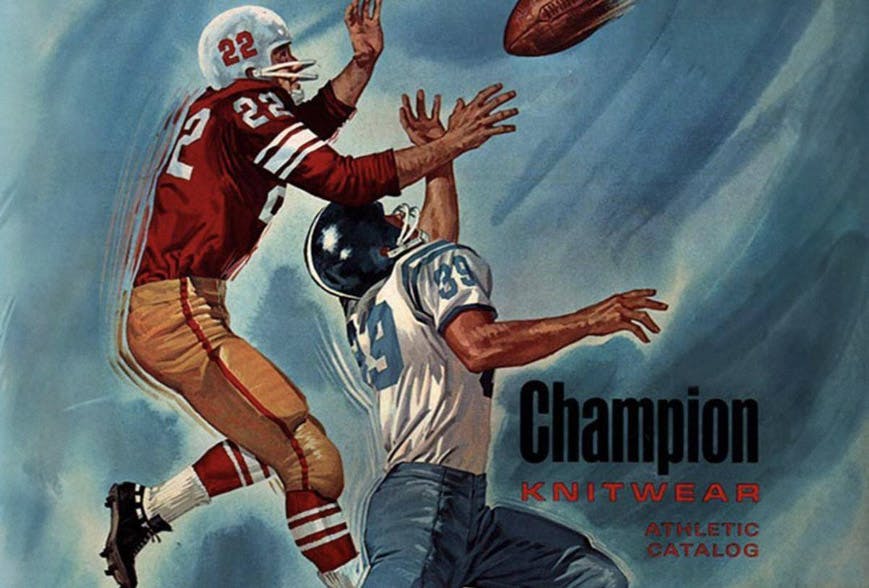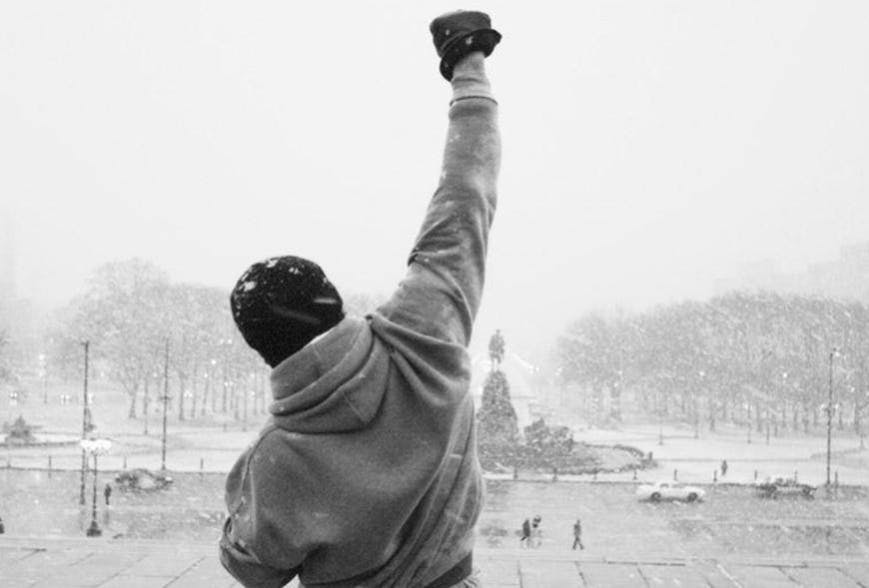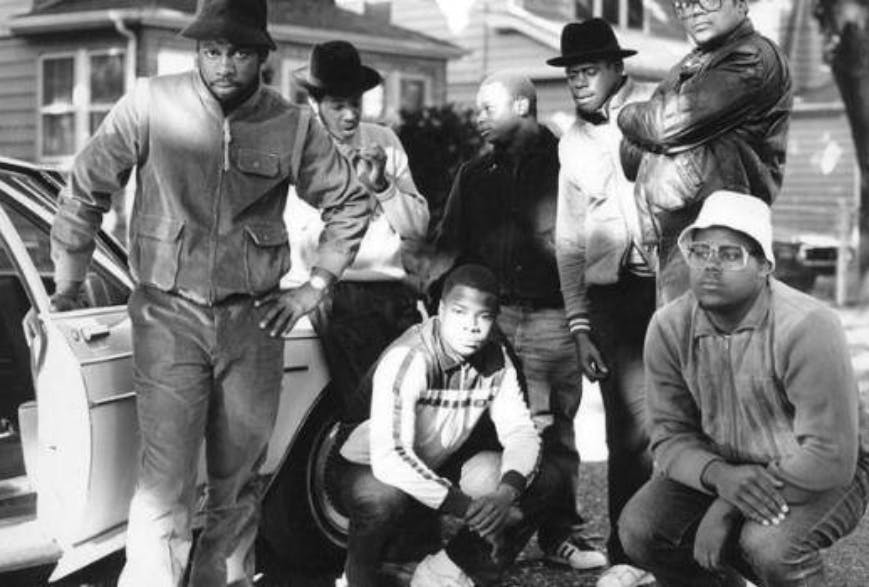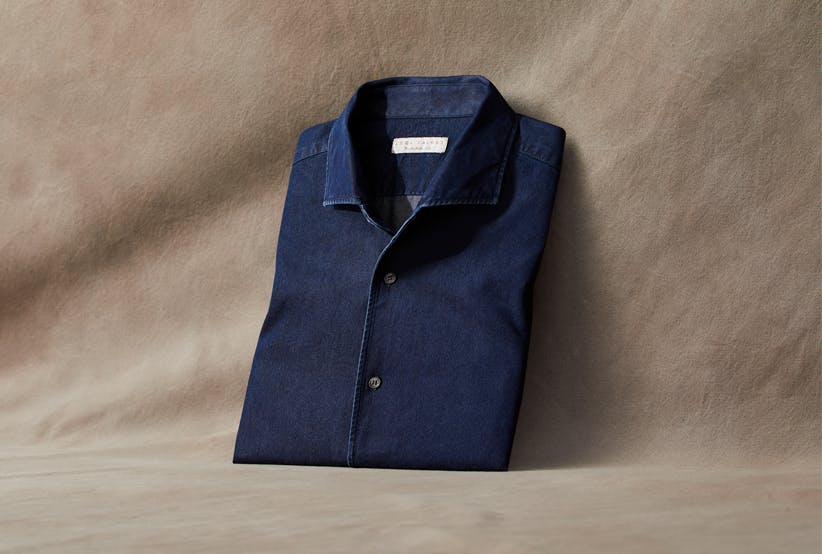Davide Barreri the Turin-based Italian architect who practiced at Motoelastico in Seoul to Hopkins Architects in London. Plateau Collaborative was founded in 2011 in collaboration with architects Andrea Alessio and Ilaria Ariolfo. PlaC discovers a contemporary approach to living through architecture, urbanism and design and the creatives behind the new Luca Faloni store concept.
When did you start your Architects practice? And why Turin?
PlaC was officially established as a registered practice in 2014, but we’ve been working together since we were at university; my partners Andrea Alessio and Ilaria Ariolfo studied with me and we’ve been friends for ages, so we made the decision together to start our business. After various stints spent working abroad - in Seoul, London, Berlin and Madrid - we decided to return to our roots in Turin, the city where each of us grew up and studied architecture.
What inspired you when it came to the design of the Luca Faloni store?
The idea was to create a basic structure that was extremely flexible and able to adapt to future changes so that it could easily be used in different configurations, but which at the same time draws inspiration from the copper roofing of the old buildings and by the Marienplatz clocktower, Milan is a homage to Piero Portaluppi (who designed the building), whereas for Miami our starting point was art deco, an architectural style that's common in the city, and which is characterised by very particular colour pairing and strong geometric symmetry.
How important is made in Italy to you?
In terms of production, our country has one of the most stringent systems of quality control in the world, put in place to maintain our high standards. Over the last few decades, the term Made in Italy has become one of the most famous brands in the world, and without a doubt, for an Italian designer, it’s almost a professional calling to safeguard these high standards. However, I feel that there is a certain lack of awareness of our strengths in Italy: I’ve often found there’s a greater respect for Made in Italy abroad than there is in Italy.










